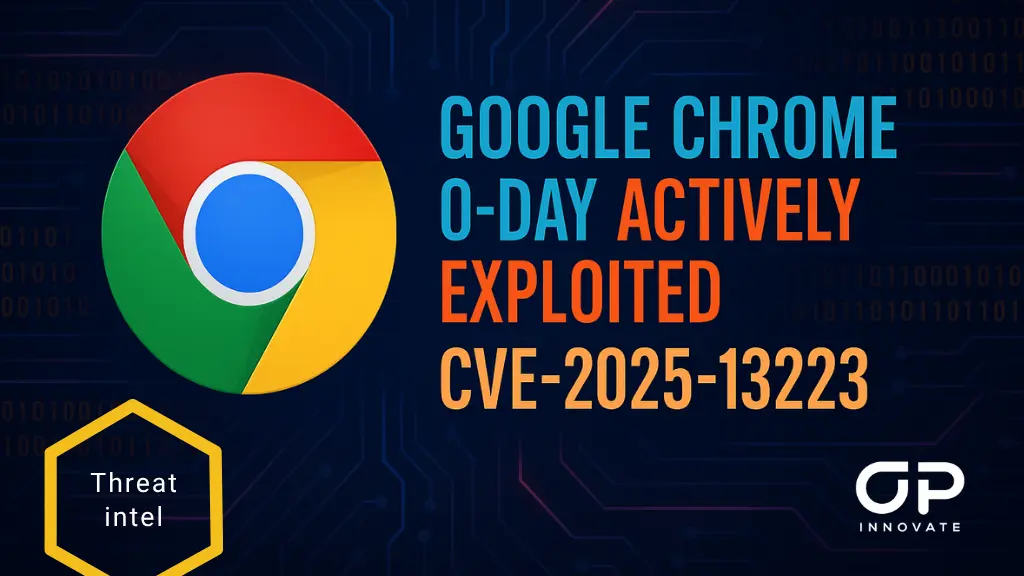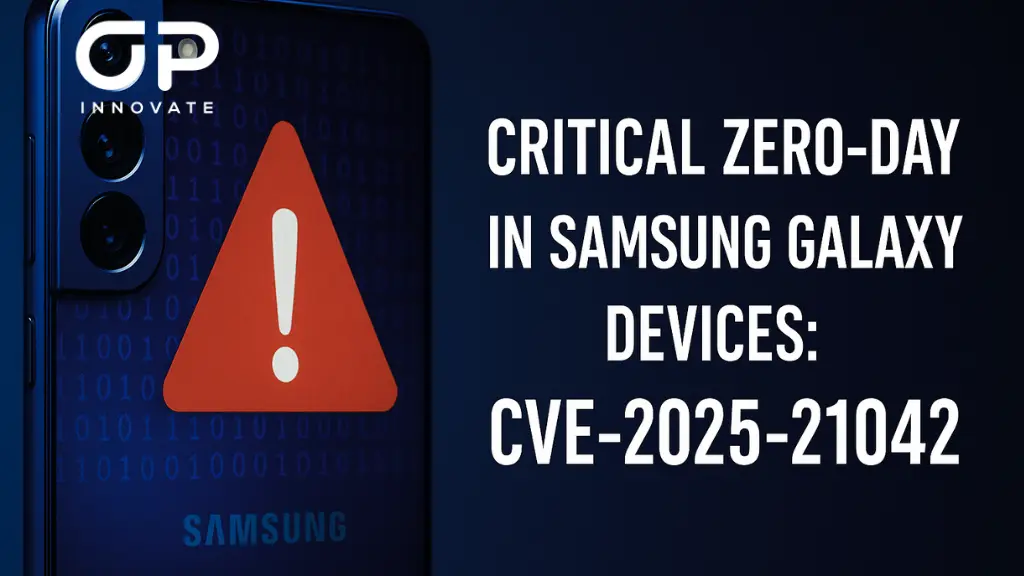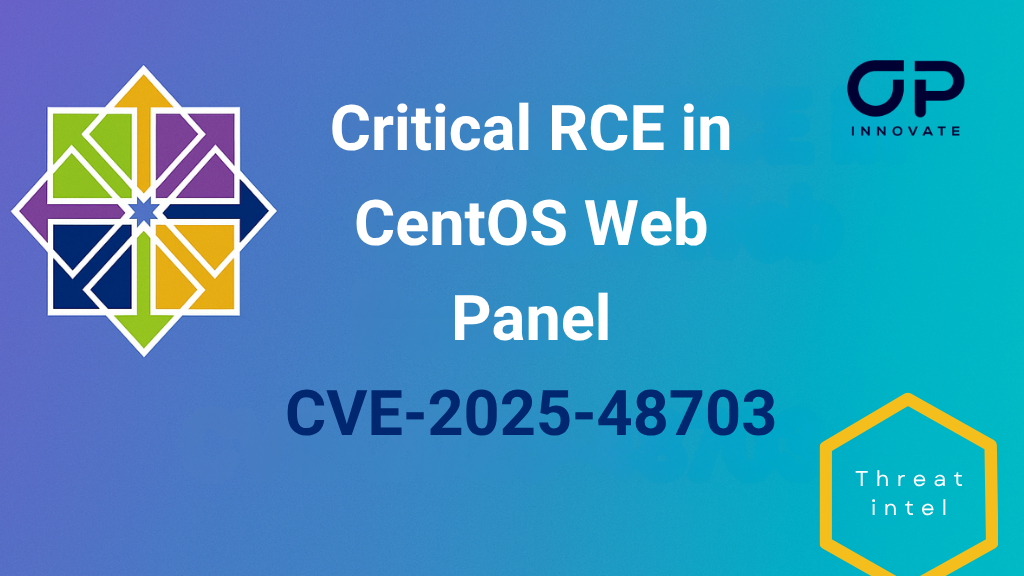The term Continuous Threat Exposure Management (CTEM) was coined by Gartner in 2022. It’s a five-step approach to security that focuses on continuously simulating attacks on business assets to regularly identify and remediate vulnerabilities with ongoing testing.
This approach vastly differs from traditional vulnerability assessments, which only provide point-in-time references for your organization’s security posture. Instead, CTEM offers a dynamic and proactive strategy, enabling continuous visibility into emerging threats and the ability to respond to them in real time.
By implementing CTEM, organizations can stay ahead of cybercriminals, reducing the likelihood of successful attacks and minimizing potential damage.
The Five Stages of CTEM
CTEM is broken down into five stages, each contributing to an organization’s overall cyber resilience.
- Scoping
The first stage involves defining the scope of the CTEM process. This includes identifying critical assets, determining the most significant threats, and setting the objectives for the threat exposure management activities. Proper scoping ensures that the CTEM efforts are focused on the areas of greatest impact to the organization.
- Discovery
In this stage, potential vulnerabilities are uncovered through continuous scanning, monitoring, and threat intelligence gathering. The Discovery stage is where your organization identifies weaknesses within your infrastructure that could be exploited by attackers. This step is critical for understanding your current security posture.
- Prioritization
Once vulnerabilities are identified, the next step is to prioritize them based on their potential impact on the organization. This involves assessing the risk level associated with each vulnerability and determining which ones require immediate attention. Prioritization ensures that resources are allocated efficiently, addressing the most critical threats first.
- Validation
After vulnerabilities are prioritized, the Validation stage tests the effectiveness of potential mitigations. This stage involves simulating attacks on identified vulnerabilities to ensure that the proposed solutions are effective. Validation helps in confirming that the remedial actions will successfully protect against real-world threats.
- Mobilization
The final step is to mobilize the necessary resources and teams to address the prioritized and validated vulnerabilities. This could include deploying patches, updating security protocols, or launching new defensive measures. Mobilization ensures your organization is prepared to respond quickly and effectively to threats, maintaining a strong security posture.
Continuous Threat Exposure Management Benefits
Implementing CTEM brings many benefits to an organization’s cybersecurity program. Among the most notable are:
A Reduction of Blast Radius and Impact
CTEM doesn’t just reduce the likelihood of a breach—it also limits the potential damage if a breach does occur. By proactively addressing security weaknesses, CTEM effectively contains potential threats, limiting their ability to spread and cause widespread damage. This reduction in blast radius means that even if a threat does manage to penetrate your defenses, its effects are contained to a smaller portion of your network.
A Stronger Security Posture
By keeping defenses agile and responsive to emerging threats, CTEM significantly enhances your overall security posture. While traditional security measures may get outdated, leaving gaps in your defenses, CTEM’s innovative and proactive approach to security ensures that all vulnerabilities and potential attack vectors are identified and mitigated in real time.
Cost Reduction
CTEM also has the potential to significantly reduce cybersecurity-related costs. For one, by identifying and mitigating threats early, CTEM helps prevent costly breaches and minimizes the need for extensive damage control after an attack. Additionally, the prioritization and validation stages ensure that resources are allocated efficiently, focusing on the most critical threats and avoiding unnecessary expenditures on less impactful vulnerabilities. Over time, this proactive approach can lead to substantial savings.
Best Practices for CTEM Implementation
While implementing CTEM should become a priority, you must ensure the implementation is well-planned and aligned with your security goals. Here are some best practices that will help you get the most out of CTEM:
Ensure External Threats are Addressed
When implementing CTEM, it’s crucial to recognize that threats don’t just originate from within your organization—they often come from external sources. External threats can include anything from sophisticated cybercriminal attacks to vulnerabilities in third-party software or supply chains.
To effectively manage these risks, CTEM must incorporate external threat intelligence feeds and regularly simulate attacks based on the latest external threat data.
Communicate and Align on Outcomes – As Early as Possible
For CTEM to be successful, it’s vital that all stakeholders within the organization are on the same page from the outset. This means clear communication about the goals, processes, and expected outcomes of CTEM. Early alignment ensures that everyone, from the executive team to IT and security professionals, understands the importance of the initiative and is committed to its success.
By fostering a collaborative environment where feedback is encouraged and objectives are shared, you can ensure that CTEM is integrated smoothly into your organization’s overall security strategy, leading to better outcomes and more effective threat management.
Regularly Review and Update CTEM Processes
Cyber threats are always evolving, and so should your approach to managing them. Regularly audit your CTEM strategies and tools to identify areas for improvement, adapt to new challenges, and incorporate the latest security practices. This ongoing refinement will ensure your CTEM program remains effective and resilient against the latest security threats. So, how do you effectively measure the success of your CTEM efforts?
Measuring the Success of Your CTEM Program
Perfecting your CTEM program over time is what will ultimately lead to a more resilient and adaptive security posture. To ensure that your efforts are yielding the desired results, it’s essential to track key performance metrics that provide insight into the effectiveness of your threat management strategies.
Below are some critical metrics you should monitor to gauge the success of your CTEM program:
Mean Time to Detect (MTTD)
Mean Time to Detect (MTTD) measures the average time it takes for your organization to identify a security threat or vulnerability. A lower MTTD indicates that your CTEM program is effectively monitoring and identifying potential threats quickly, allowing you to act before they can cause significant damage.
Mean Time to Respond (MTTR)
Mean Time to Respond (MTTR) tracks the average time it takes for your security team to respond to and mitigate a detected threat. A lower MTTR means that your team is not only identifying threats quickly but also taking prompt action to neutralize them, minimizing the potential impact on your organization.
Incident Response Time
This metric combines the previous two to measure the total time it takes to detect, respond to, and resolve a security incident. By tracking this metric, you can identify bottlenecks in your response process and work towards a more streamlined and effective incident management strategy.
Vulnerability Remediation Rate
The Vulnerability Remediation Rate measures the percentage of identified vulnerabilities that are successfully patched or mitigated within a given timeframe. This metric provides insight into how effectively your CTEM program is addressing known security gaps. A high remediation rate indicates that your organization is proactive in managing vulnerabilities, reducing the window of opportunity for attackers.
Coverage of Assets
This refers to the proportion of your organization’s critical assets that are regularly monitored, assessed, and tested as part of your CTEM program. Comprehensive asset coverage ensures that all potential entry points and sensitive areas are protected, leaving no gaps in your security perimeter.
Choosing a CTEM Vendor
While CTEM is more of a security strategy rather than a product, there are many vendors who provide advanced platforms and tools that would support and enhance your efforts. You can even combine multiple vendors with unique capabilities to fully customize your CTEM program according to your needs.
When evaluating CTEM tools, there are several factors and features you should consider, including:
- Compatibility with existing infrastructure: A smooth implementation mainly depends on how well the new tool integrates with your existing security infrastructure and tech stack. If you want to implement CTEM with minimal disruption, you should prioritize vendors whose solutions are designed for easy integration.
- Risk contextualization: How well can the tool analyze and correlate threat data to give you a clear understanding of risk, and how does it display its findings so your security team can quickly grasp the severity and urgency of the threats?
- Remediation assistance: Does the tool provide any form of remediation tips, or even a step-by-step plan to fix identified issues?
- Vendor support and service: CTEM tools are usually highly technical, and your security team may require assistance with configuration, troubleshooting, and maximizing the tool’s capabilities. Make sure the vendor is always available for providing support when needed, either through 24/7 technical assistance, dedicated account managers, or detailed documentation.
- Executive reporting: Apart from contextualizing specific risks, the tool should ideally also contextualize organization-wide risk assessments and trending intel into executive-level reports that answer questions like, ““Where are our greatest vulnerabilities?” and, “How is our risk posture evolving over time?”
OP Innovate: Your Continuous Threat Exposure Management Partner
At OP Innovate, we empower organizations with cutting-edge Continuous Threat Exposure Management (CTEM) through our state-of-the-art WASP platform. WASP offers continuous, automated testing that goes beyond traditional methods, providing unparalleled real-time visibility and insight into your web application security.
By seamlessly identifying vulnerabilities and potential threats, WASP ensures that your defenses are always one step ahead of attackers. Our commitment to proactive and comprehensive security solutions enables your organization to anticipate, mitigate, and neutralize risks, maintaining a resilient security posture in an increasingly complex digital landscape.









